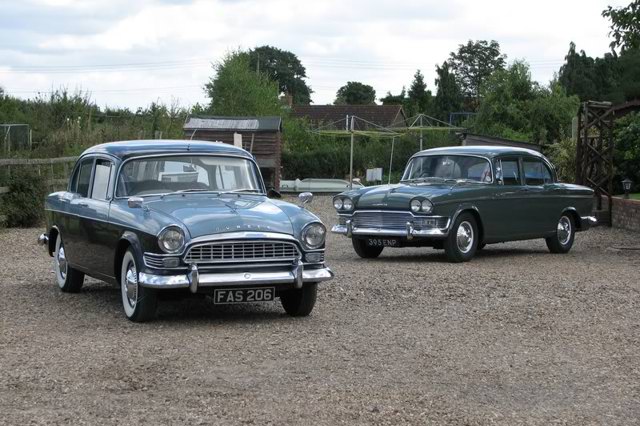Humber Hawk and Super Snipe (1957 – 1967) Review
Humber Hawk and Super Snipe (1957 – 1967) At A Glance
The 1957 Humber Hawk was a very different car to the one that it replaced. It was underpinned by a new unitary construction stucture, and was now clearly a product of the late-1950s, and not one based on a pre-war car. It was claimed to be the largest bodyshell being built in the UK at the time, and it certainly was big compared with the opposition.
It was powered by a 2267cc overhead valve engine from the previous generation of Hawk, giving 83mph from its 73bhp. Series II cars had disc brakes, but the biggest change to the family came with the Series IV of 1964, when the cabin changed to a sleeker profile with more glass, echoing the changes made to the Hillman Super Minx Series III.
The Hawk body was also shared with the Humber Super Snipe, launched a year later in 1958. The main difference between this and the Hawk was that the Super Snipe was powered by a six-cylinder engine, and had a more luxurious interior. The original 1958 Series Super Snipe had a 2651cc six-cylinder engine, which rose to 2965cc the following year. For 1960 the nose was smartly restyled with quadheadlamps, one of the first British cars to have this arrangement. The final Super Snipes were built in 1967 and were (eventually and partially) replaced by the Chrysler 180.



 Stately luxo-barge, effortless performance in Snipe straight-six form
Stately luxo-barge, effortless performance in Snipe straight-six form
 Four-cylinder Hawk far less refined
Four-cylinder Hawk far less refined
